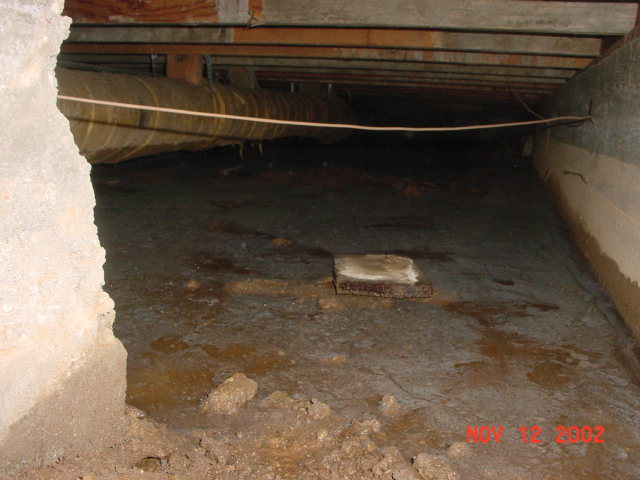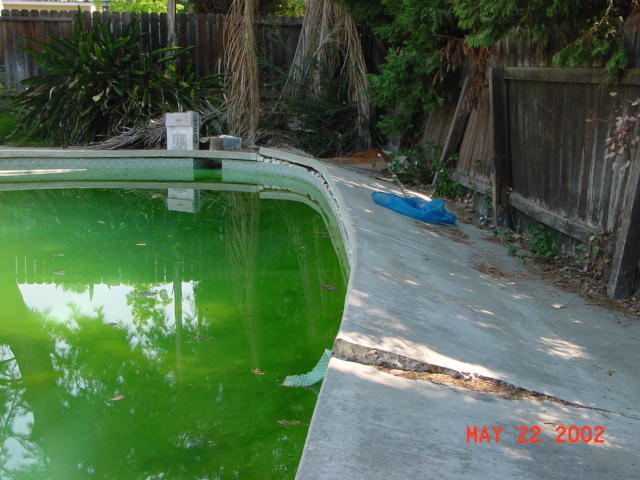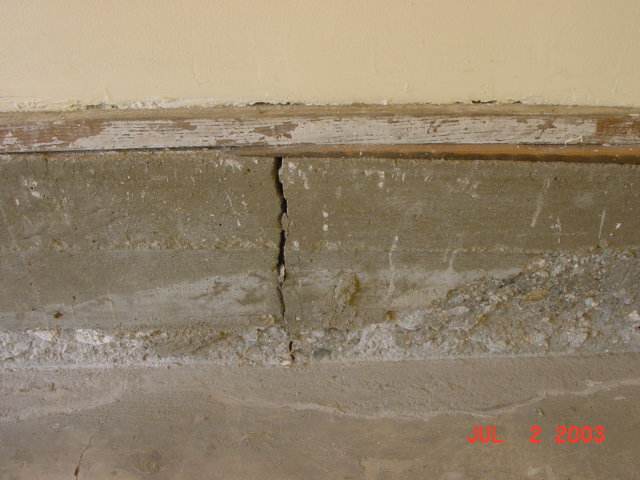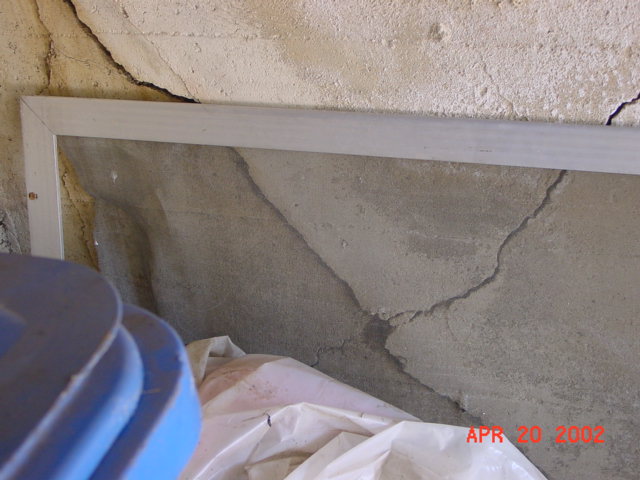|
Geotechnical inspections are our most thorough form of site inspection in that they not only address the stability of hillsides and subgrade soils, but also include an evaluation of the improvements at the property from a foundation and movement viewpoint.
Calabasas Land Slide Santa Monica Water In Crawl Space
Ventura Cracked Pool Diamond Bar Cracked Playa Del Rey Foundation Cracked and Leaning Wall
Culver City Leaning Garage Eagle Rock Crack in Retaining Wall
The following are some of the items that are typically addressed during geotechnical inspections:
Stability of hillsides Adequacy of grading Cut-fill transition lots Presence of loose and settling fill soils Presence of expansive soils Earthquake hazards Susceptibility to liquefaction Evaluation of Drainage conditions Adequacy of building setbacks from nearby slopes Performance of retaining walls (if any) Performance of swimming pools (if any) Settlement or uplift of structures Water intrusion into crawl space Cracked foundations, floor slabs, and retaining walls We will copy the applicable geotechnical references and maps and bring a copy of them to the property for presentation to you. Digital photographs of various areas of the property are taken during the inspection. The levelness of the structure is measured with precise digital equipment and a floor level survey is prepared. If the structure is underlain by a crawl space, we will examine the condition of the foundations, check for presence of foundation bolts and shear walls, and determine whether or not there is a potential for water intrusion or accumulation in the crawl space.
Upon completion of the inspection, we will make a verbal presentation to you describing the condition of the property from a geotechnical and foundation viewpoint and provide you with conceptual repair recommendations for use by contractors who can give you an informed estimate for negotiation with the seller. Typically, within 2 to 3 days, a written report of our findings and recommendations along with a copy of selected photographs and geotechnical maps used during the inspection are faxed, emailed, and mailed to you.
|




